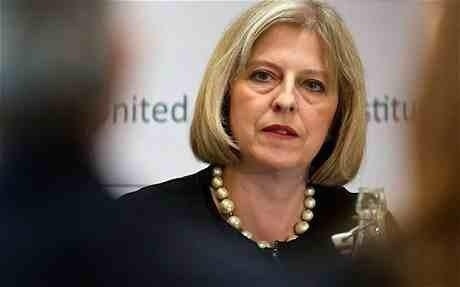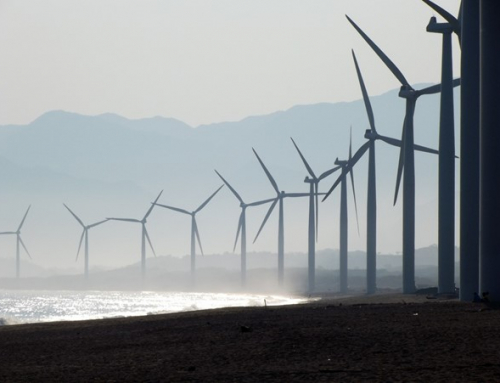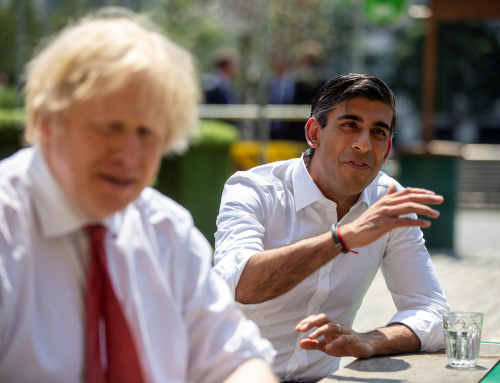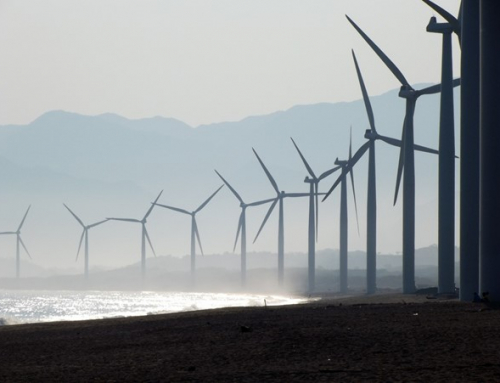This is the second of two articles on the chaos in the UK’s energy policy
In the first article on the UK’s energy situation I wrote about the mess Mrs May’s government had got itself into with its attempts to put a ceiling on energy prices for the country’s 30million or so households. The long-delayed energy cap announced on 7 February was meant to stabilise energy tariffs if not lower them. Instead Ofgem, the government regulator, announced that a new energy cap would allow prices to increase by up to 10 per cent.
Ofgem blamed the need for an increase on the sharp spike in wholesale gas prices, saying 74 per cent of the 10 per cent increase was due to the spike in wholesale gas prices (around 83 per cent of UK homes are heated by gas.) The so-called ‘Big Six’ oligopoly of energy companies (British Gas, EDF E.ON, SSE, Scottish Power and Npower) that has dominated UK domestic provision in the past moaned and groaned about the cap, saying it would badly damage their profits. They, nevertheless, moved their tariffs up as close as possible to the cap.
The CEO of Ofgem, Dermot Nolan, said he is disappointed that the big six are pricing so close to the cap but suggested that smaller cheaper suppliers ‘would continue to grow’ as a result. Well, maybe. The government dream that a policy of ‘switching’ or ‘flipping’ to smaller, leaner companies would remedy overpricing by the big six is currently looking more like a nightmare.
The idea that an energy cap would solve the problem of the perceived rip-off pricing by the big six started before the 2010 election when Ed Miliband, the then leader of the Labour Party said, if elected, he would cap energy prices. As we know, he wasn’t elected but his threat lingered and spooked the new prime minister, David Cameron, sufficiently for him to ask the Competition and Mergers Authority (CMA) to look into the situation.

Mrs May’s energy policy is in need of repair
The CMA took a long time but when they finally reported early in 2016 they said that the big six were indeed ripping off consumers — for about £1.4 billion a year. The CMA recommended that consumers shop around and switch to cheaper suppliers.
For most of 2016 and early 2017 it looked as if the recommendation was working. It was estimated that by June 2017 around 3m households had switched to the more than 20 or so small groups that had entered the market. Some of these had suitable catchy names like Ovo, Bulb and Spark Energy.
These groups offered deals which came in lower than the annual bill of £1066 for the average UK household. But from this point things started to go awry. Setting up as an energy supplier suddenly looked like an easy route to making a fortune.
Dozens of companies with little or no scrutiny from the regulator entered the fray. Some of the companies were established by would-be entrepreneurs in bedrooms or garages of residences. Licences to supply energy could easily be faked.
It seemed like money for old rope. The new companies adopted the habit of the big six, in that they urged customers to pay by direct debt. These DDs were based on estimates of possible/probable energy use. The estimates were invariably set at levels above actual use. This meant the infant companies achieved not only cash flow but also amassed nice credit balances.
Nobody seems to know how many of these companies are in the field. I asked two different people at Ofgem how many groups were now in play. One person told me there were 60, another said 50. Whatever the number, it is well documented that 10 of them have gone bust. Starting with GB Energy in January 2017 these are: Spark Energy, National Gas and Power, Extra Energy, Iresa, Usio Energy, One select, Our Power, Future Energy and most recently Economy Energy.
It was almost bound to happen. Unlike the big six the new entrants do not have any gas production of their own. This means they have to buy their gas on the spot market, which is very expensive because of the price spike in the second half of last year and earlier spikes.
In the case of Economy Energy there are 235,000 customers that have ostensibly been left in the lurch. So, what is going to happen to them? Well, Ofgem has set up a system called the Industry Levy. This means the costs of paying the failed company’s debts will be spread among other energy companies through the levy. Ultimately it will be the customer and taxpayer who will pay through its energy bills
. Ofgem is currently looking for an energy company to take over Economy, like Ovo took over Spark. This process does not mean the switching policy has failed. What it does mean, though, is the taking-over company will jack up its prices, probably substantially.





